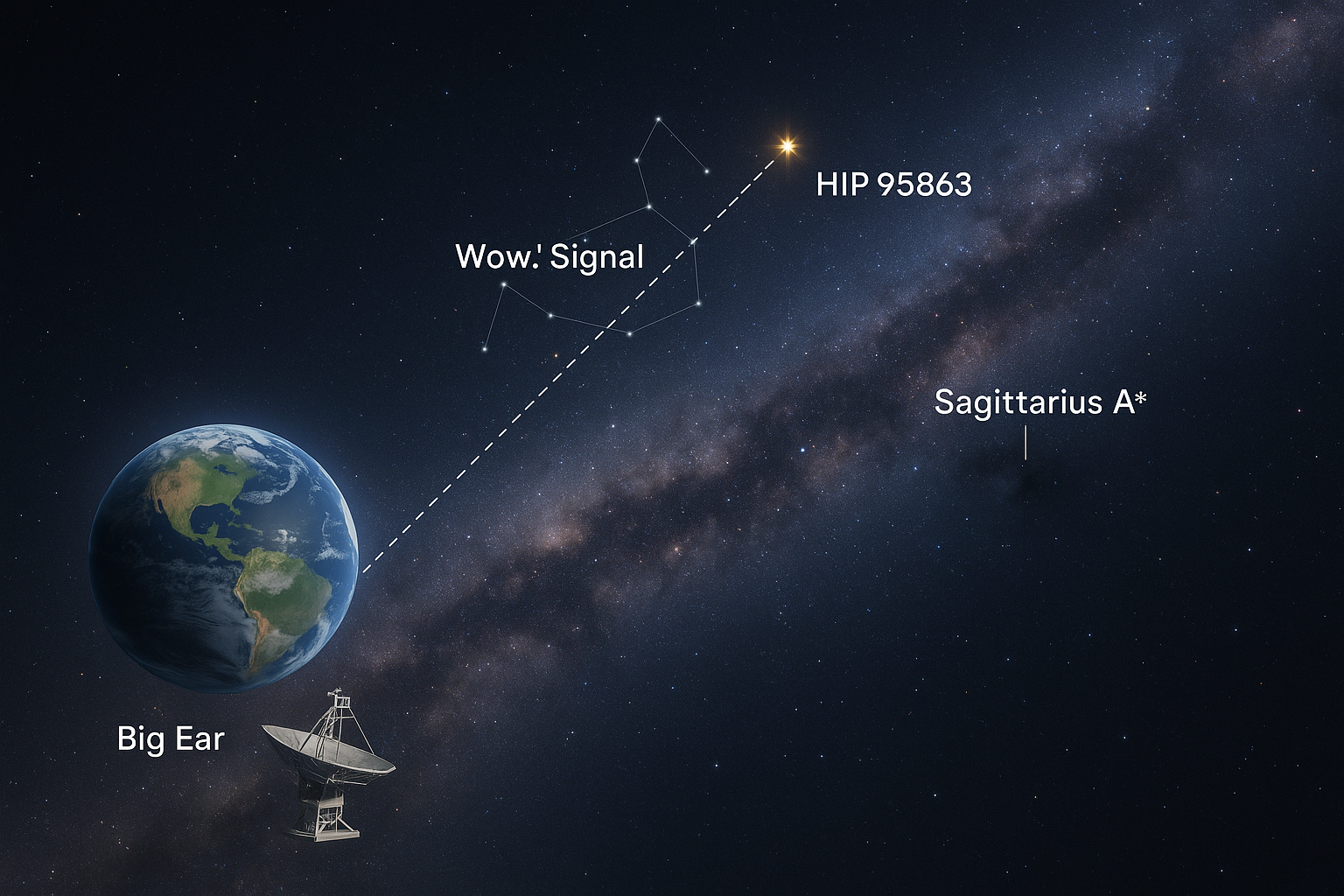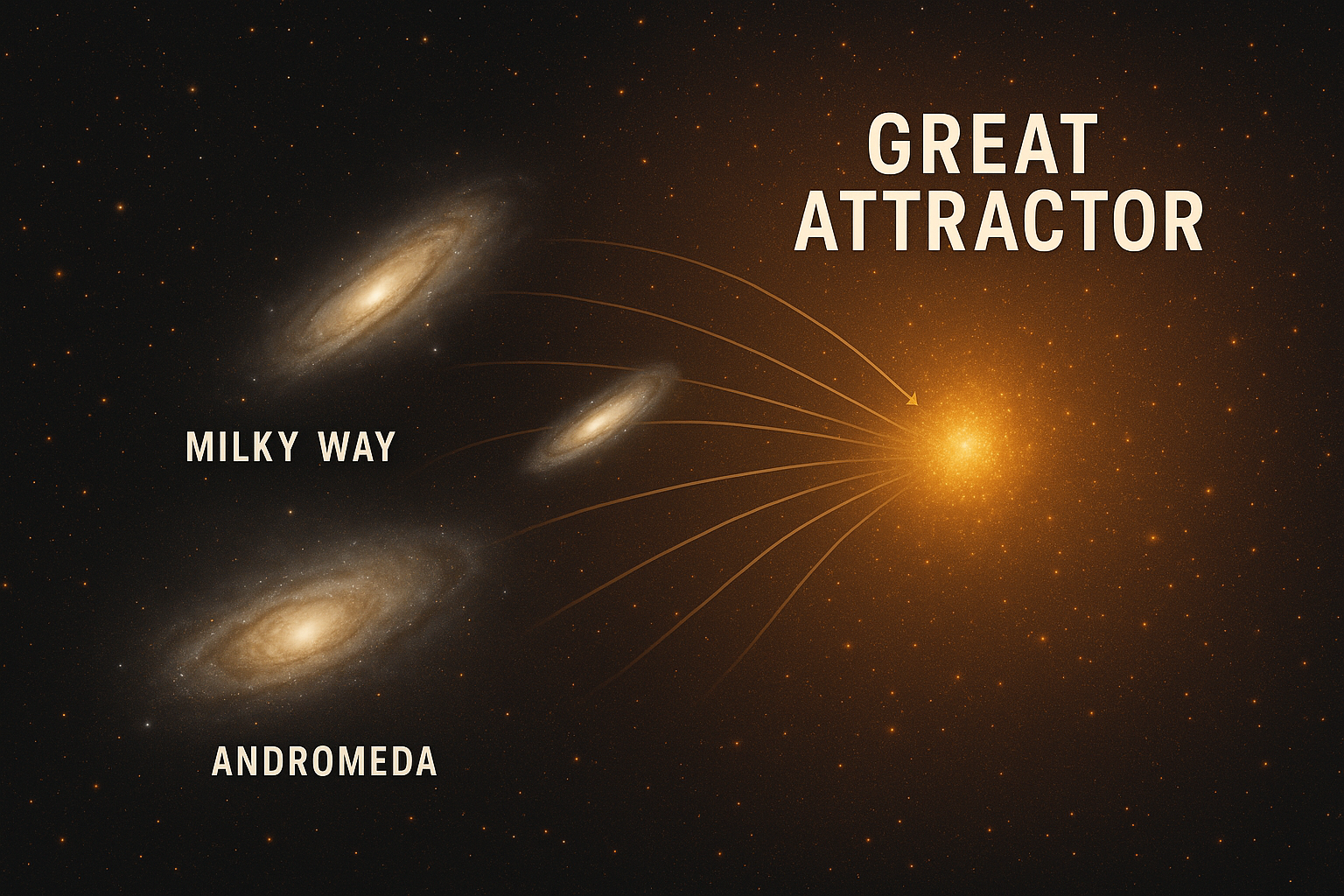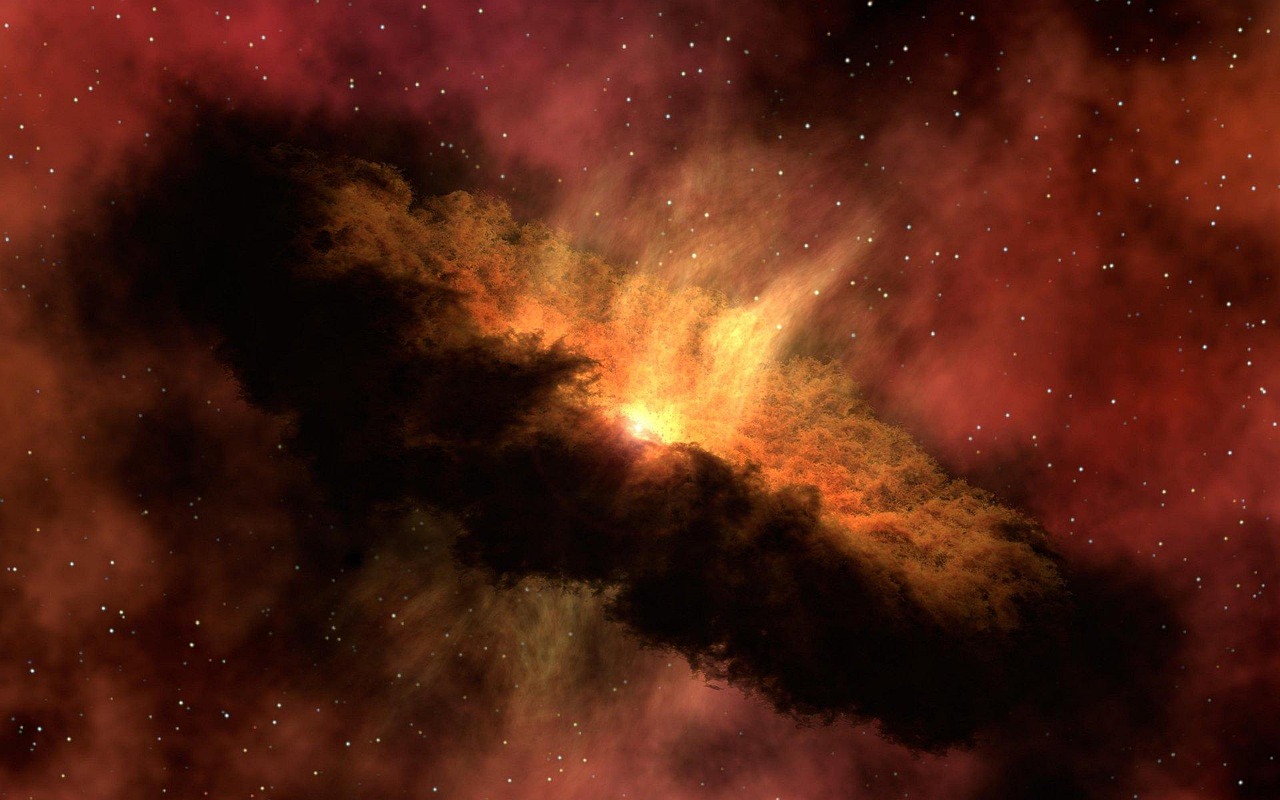Black holes, the enigmatic giants of the cosmos, captivate scientists and stargazers alike with their invisible power and profound mysteries. In 2025, advancements in technology, like the Event Horizon Telescope (EHT) and James Webb Space Telescope (JWST), are revealing new insights into these celestial phenomena. From their formation to their role in shaping galaxies, black holes challenge our understanding of the universe. In Bangladesh, where astronomy is gaining traction through grassroots initiatives, black holes inspire both scientific inquiry and cultural wonder. This article explores the latest facts about black holes, their significance, and how Bangladesh is contributing to their study.
What Are Black Holes?
A black hole is a region of space where gravity is so intense that nothing, not even light, can escape. Formed when massive stars (at least 8 times the Sun’s mass) exhaust their fuel and collapse under their own gravity, black holes warp space-time, creating a point of no return called the event horizon. Their masses range from a few solar masses to billions, as seen in supermassive black holes at galaxy centers, like Sagittarius A* in the Milky Way.
In 2025, the EHT’s sharper images of Sagittarius A* and M87’s black hole reveal intricate details of their accretion disks—swirling gas and dust that glow as they spiral inward. These observations confirm black holes’ role as cosmic powerhouses, influencing everything from star formation to galactic evolution. In Bangladesh, researchers at institutions like BUET use open-source EHT data to study black hole dynamics, contributing to global efforts despite limited resources. Source: Event Horizon Telescope.
Cultural Note: In Bengali folklore, the cosmos often symbolizes the infinite, with stories of celestial voids mirroring black holes’ mystery. This cultural lens, combined with growing scientific interest, fuels Bangladesh’s fascination with these cosmic enigmas.
Types of Black Holes
Black holes come in several varieties, each with unique characteristics:
- Stellar-Mass Black Holes: Formed from collapsing stars, these range from 5 to 100 solar masses. In 2025, LIGO-Virgo detects gravitational waves from stellar-mass black hole mergers, revealing their frequency in the cosmos—about one merger per week. Source: LIGO-Virgo.
- Supermassive Black Holes: Found at galaxy centers, these giants, like Sagittarius A* (4.3 million solar masses), weigh millions to billions of solar masses. JWST’s 2025 observations show they drive galaxy growth by regulating star formation through powerful jets. Source: James Webb Space Telescope.
- Primordial Black Holes: Hypothetical mini-black holes from the Big Bang, potentially as small as an atom but with mountain-like masses. In 2025, researchers search for their signatures in cosmic radiation, though none are confirmed. Source: NASA.
- Intermediate Black Holes: Ranging from 100 to 100,000 solar masses, these elusive objects are studied in 2025 as potential seeds for supermassive black holes, with candidates detected in globular clusters. Source: Space.com.
Bangladeshi students at the University of Dhaka’s observatory analyze gravitational wave data, contributing to global research on black hole types, bridging science with cultural curiosity about the universe’s origins.
How Black Holes Form
Most black holes form when massive stars exhaust their nuclear fuel, triggering a supernova explosion. The core collapses into a singularity—a point of infinite density—surrounded by the event horizon. Supermassive black holes likely grow through mergers and accretion over billions of years, though their origins remain a mystery. In 2025, JWST data suggests some formed early in the universe, within 200 million years of the Big Bang, challenging existing models. Source: James Webb Space Telescope.
In Bangladesh, where creation myths often parallel scientific narratives, researchers explore these formation processes using simulations. The Bangladesh Astronomical Association hosts workshops to engage students, drawing parallels between cosmic collapse and cultural tales of destruction and rebirth.
The Event Horizon: The Point of No Return
The event horizon marks the boundary beyond which escape is impossible. Its size, called the Schwarzschild radius, depends on the black hole’s mass. For example, Sagittarius A*’s event horizon spans 24 million kilometers, roughly the size of Mercury’s orbit. In 2025, EHT’s enhanced imaging captures the “shadow” of black holes—dark regions against bright accretion disks—confirming Einstein’s general relativity predictions. Source: Event Horizon Telescope.
Bangladeshi astronomers use these images to study space-time warping, fostering public interest through planetarium shows in Dhaka. Unlike Bangladesh’s conservative cultural norms, which limit open discussions of unconventional topics, black holes spark universal awe, uniting science and culture.
Hawking Radiation: Black Holes That Evaporate
Stephen Hawking’s 1974 theory of Hawking radiation suggests black holes aren’t entirely eternal. Quantum effects near the event horizon allow particles to escape, causing black holes to lose mass over time. Small black holes could evaporate within the universe’s lifespan, while supermassive ones take trillions of years. In 2025, experiments like the Large Hadron Collider search for micro-black holes to test this theory, though no detections are confirmed. Source: NASA.
In Bangladesh, theoretical physicists at BUET explore Hawking radiation’s implications, engaging students through science clubs. This resonates with Bengali literature’s themes of transience, as seen in Tagore’s poetry, blending scientific and cultural perspectives.
Black Holes and Galactic Evolution
Supermassive black holes shape galaxies by regulating star formation. Their jets—streams of energized particles—heat gas clouds, preventing excessive star birth. In 2025, JWST observations reveal that early galaxies hosted surprisingly massive black holes, suggesting they co-evolved with their galaxies. This challenges the idea that galaxies formed first, prompting new research. Source: James Webb Space Telescope.
Bangladeshi researchers access JWST data through international collaborations, studying black hole-galaxy interactions. This work aligns with cultural reverence for the cosmos, where the night sky symbolizes unity and vastness in Bengali traditions.
The Search for Life and Black Holes
While black holes themselves are inhospitable, their environments could indirectly support life. Accretion disks’ energy could power exotic ecosystems in nearby systems, though no evidence exists in 2025. The search for exoplanets near black holes is a growing field, with JWST analyzing habitable zones in galaxies with active black holes. Source: Space.com.
In Bangladesh, public interest in extraterrestrial life is rising, with planetarium events in Dhaka exploring these possibilities. Unlike economic challenges driving women to unconventional work, black hole research offers a positive outlet for Bangladesh’s youth, inspiring STEM careers.
Challenges in Studying Black Holes
Studying black holes is fraught with challenges:
- Invisibility: Black holes emit no light, requiring indirect observation through accretion disks or gravitational effects.
- Distance: Most black holes are light-years away, making direct study impossible. Light from M87’s black hole traveled 55 million years to reach us.
- Funding: Developing nations like Bangladesh rely on global partnerships for access to telescopes like EHT and JWST.
- Misinformation: Social media platforms like X can spread myths about black holes as “portals,” necessitating science literacy efforts.
Bangladesh’s astronomers face similar resource constraints as its garment workers, yet grassroots initiatives are expanding access to cosmic research.
Future of Black Hole Research in 2025
In 2025, black hole research is advancing rapidly. The EHT plans to expand its array, improving resolution to study smaller black holes. NASA’s LISA mission, set for the 2030s, will detect gravitational waves from primordial black holes, potentially confirming their existence. In Bangladesh, mobile planetariums and astronomy clubs are democratizing knowledge, inspiring students to pursue cosmology. Source: NASA.
The cultural resonance of black holes, seen as cosmic voids in Bengali storytelling, fuels public engagement. By leveraging international data and local enthusiasm, Bangladesh is carving a niche in global astronomy, much like its resilience in economic challenges.
Conclusion
In 2025, black holes remain the cosmos’s most captivating mysteries, from their formation to their role in galactic evolution. Advancements like the EHT and JWST are unveiling their secrets, while Bangladesh’s growing astronomy community contributes to this global quest. Blending scientific discovery with cultural wonder, black holes inspire awe and curiosity, connecting humanity to the universe’s grandeur. Whether you’re stargazing in Dhaka or exploring cosmic frontiers, let these enigmatic giants ignite your imagination in 2025.
Sources: NASA, Space.com, Event Horizon Telescope, James Webb Space Telescope.











